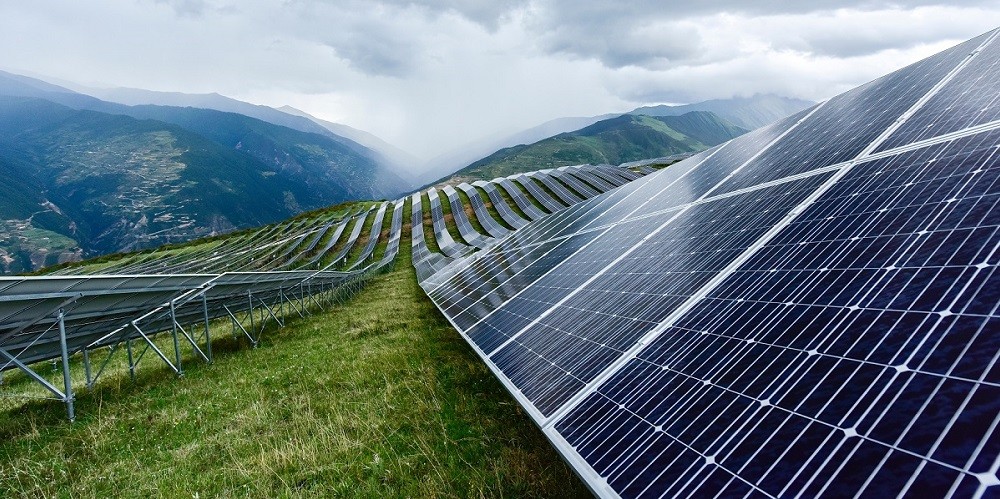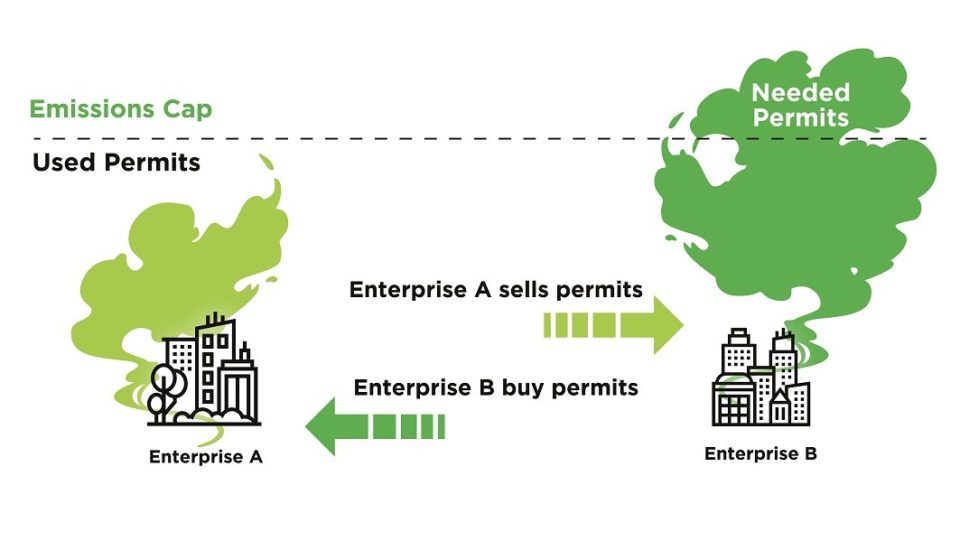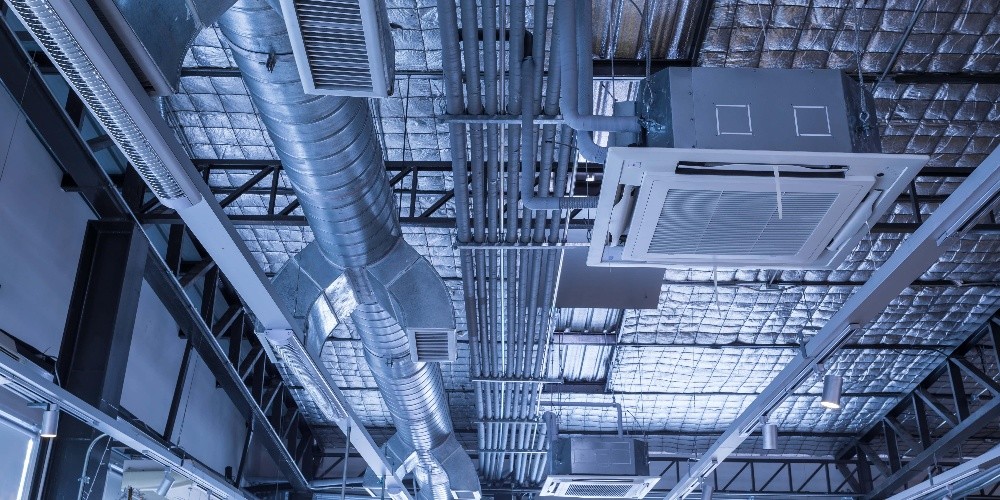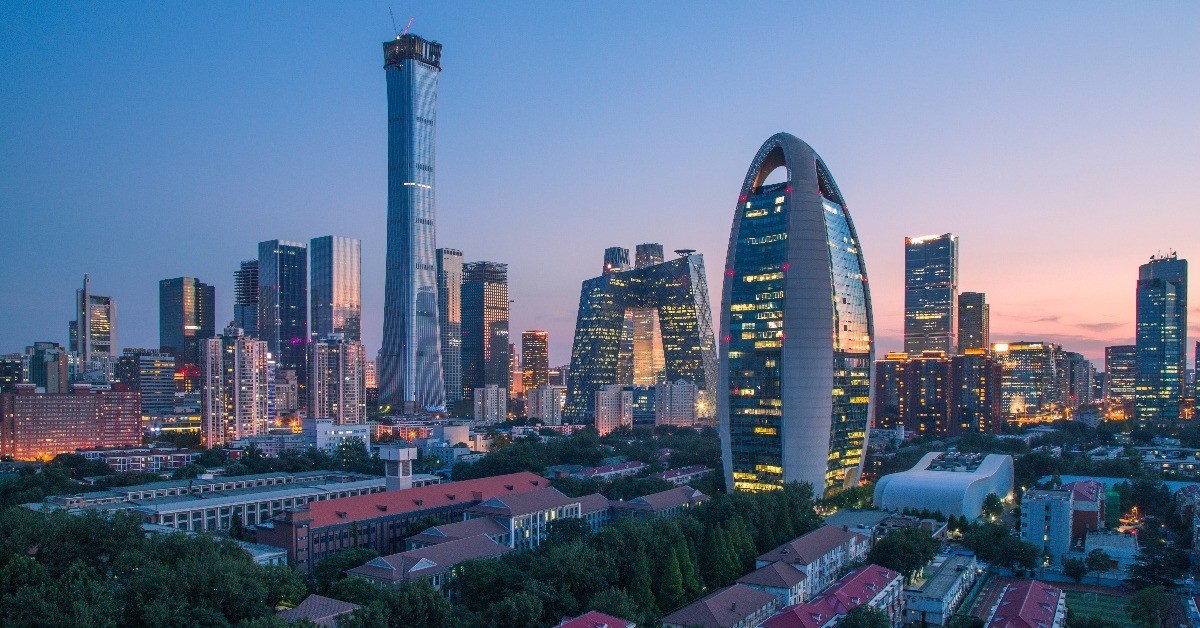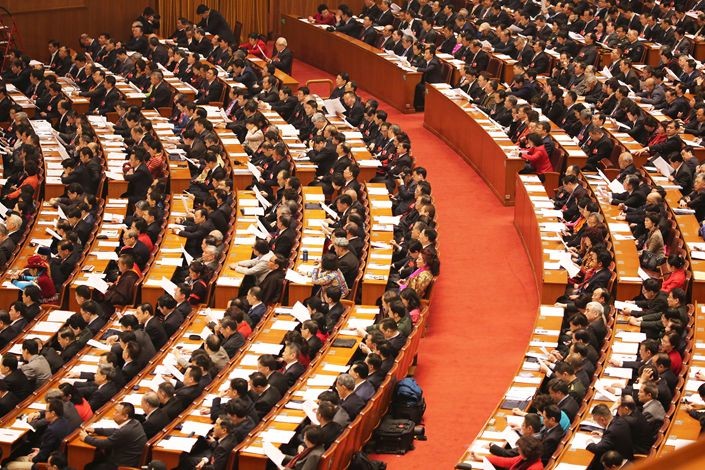For a utility that is so crucial to industrial processes, it is remarkable how little attention compressed air gets. The nicknames for compressed air even reflect this: “the hidden utility”, “the invisible utility”, and “the fourth utility.” And yet, compressed air accounts for 5-6% of all the electricity consumed in the world – consumption that is often frighteningly inefficient at the factory level because of poor leak management. Our audits have uncovered cases where clients were consuming up to 50% more energy than would normally be required, all because they had failed to identify and manage compressed air leaks.
Are these clients just negligent? So rich they don’t need to worry about energy bills? Certainly not – they lacked the tools and data to answer three critical questions properly:
- Scope: How many leaks do I have, and how much energy am I losing?
- Location: Where exactly are these leaks happening?
- Effectiveness: Did the leak repairs work, and how much did I save afterward?
One big issue is that “the invisible utility” tends to produce invisible problems. Water leaks will, at least, leave noticeable signs (puddles and water damage); compressed air leaks can’t be seen or heard by the human ear. When gas and water flow is disrupted, pressure levels drop; when compressed air is leaking, the pressure stays the same – the compressor simply burns more energy (and client money) to maintain the same levels.
Too many industrial clients carry on, assuming that their large energy bills are just part of the cost of doing business or with a vague sense that they are losing money and wasting energy, but are not equipped to make the needed fixes.

Learn more about our energy management solutions >>>
Kicking off your leakage identification and management (LIM) campaign
Now, the good news: with the right team and tools, all of this can be addressed quickly and cost-effectively. Lack of visibility and measurement can be resolved with smart sensors and an expert-backed digital management platform.
In fact, in very little time, you can begin and finish a compressed-air optimization project at your site (often called a LIM campaign). This will produce:
- Dramatic improvement in your energy costs
- Better compliance with environmental regulations and ESG reporting
- Indisputable before-and-after data to document savings made
While any time can be a good time for energy management optimization, many clients choose November and December. The reasons for this are quite pragmatic – LIM campaigns are one of the most effective ways to direct end-of-year budget overhang towards a high-results/high-impact outcome. Many clients see LIM as a great opportunity to close out the year in a strong position, with a few quick-turnaround wins in energy efficiency and costs.
The missing ingredients: data, baseline, and before-and-after
A traditional LIM process is undertaken in two phases. First, detection, where a technician follows compressed air lines with an ultrasound detector, locating and tagging leaks that cannot otherwise be heard by the human ear. Fixing is precisely what it sounds like and mostly involves tightening or replacing joints, replacing faulty lines, and repairing or replacing fixtures.
Of course, these steps will always be needed. But the missing ingredient is context – how was each asset performing before the repairs and afterward? It is critical to take the proper time to understand this. Historically, getting this picture would be extremely labor and cost-intensive. Today, though, sensor and digitalization technologies let us enormously expand our monitoring power, with a lighter onsite footprint.
Some key differences in the measurement can be summarized as follows:
| Old model | New model |
|---|---|
| Error-prone | Verifiable |
| No measurement | Measurement by sensors |
| Arbitrary performance checks | Continuous monitoring |
| Indirect: guess by monthly bills | Direct: assess results by data |
How we do it: Six steps to compressed-air energy optimization
Let’s dive into the specific steps of compressed air energy optimization.
Step 1: Define energy and business parameters
We always start by understanding your expectations and objectives concerning energy use and health and safety. If you have a stated energy reduction goal, we will help you move toward your objective. We will also take the time to understand your health and safety policies and procedures that will apply on-site when we carry out the detection and repair activities.
Step 2: Identify and register client compressors
This stage establishes the foundation for the continuous monitoring that is vital for understanding and optimizing the energy performance of your compressed air system. We will collect information about the compressors and air systems at your site, including fundamental data such as manufacturer and installation date.
Step 3: Install sensors for continuous monitoring
Before carrying out the LIM, we will install non-intrusive sensors to measure the process data streams for the compressed air system, for example, current, voltage, pressure, and dewpoint. Through machine learning, the data gathered from this initial monitoring will give you a rich picture of the existing performance of your system.
Step 4: Locate leaks
This is the action stage. Our technicians, armed with ultrasound microphones to pick up the sound of leaks undetectable by ear, will detect and tag the leaks and then log them into the register. We expect to detect around 95% of all leaks in your system (and the remaining leaks will be so minor as to be economically insignificant).
Step 5: Repair leaks
We will then repair each leak as required, by tightening, repairing, or replacing fixtures, connections, and lines, then we will remove the tags and record the work as complete in the register. This step is where the big gains in energy efficiency happen – and we will give you the hard numbers quantifying this improvement in Step 6.
Step 6: Final monitoring
This is the game changer. Once we have repaired the leaks, this final phase of data collection helps us to understand and quantify for you the improvements in the compressed air system that have occurred as a result of the repairs. We will compare this data to that collected in Step 3 to calculate the energy savings that you will have gained. We will also use the data to help you improve your understanding of the optimal energy performance of the system free of leaks. We may also be able to develop recommendations in areas such as operational management to provide further energy optimization.
A fast route to energy savings
If you are looking for a fast, easy win for energy savings at your site, don’t neglect your compressed air systems. It might be “just air,” but the size and speed of the savings are often quite remarkable. Compressed air leak management will help you see the value by optimizing the performance of your systems. It will give you the “why?” that is missing from the way most managers view compressed air maintenance.
Our solution gives you:
- A project with measurable returns completed in a short timeframe
- Hard data for sustainability or ESG reporting and compliance requirements
- Most importantly, a compressed air system that is working at peak efficiency
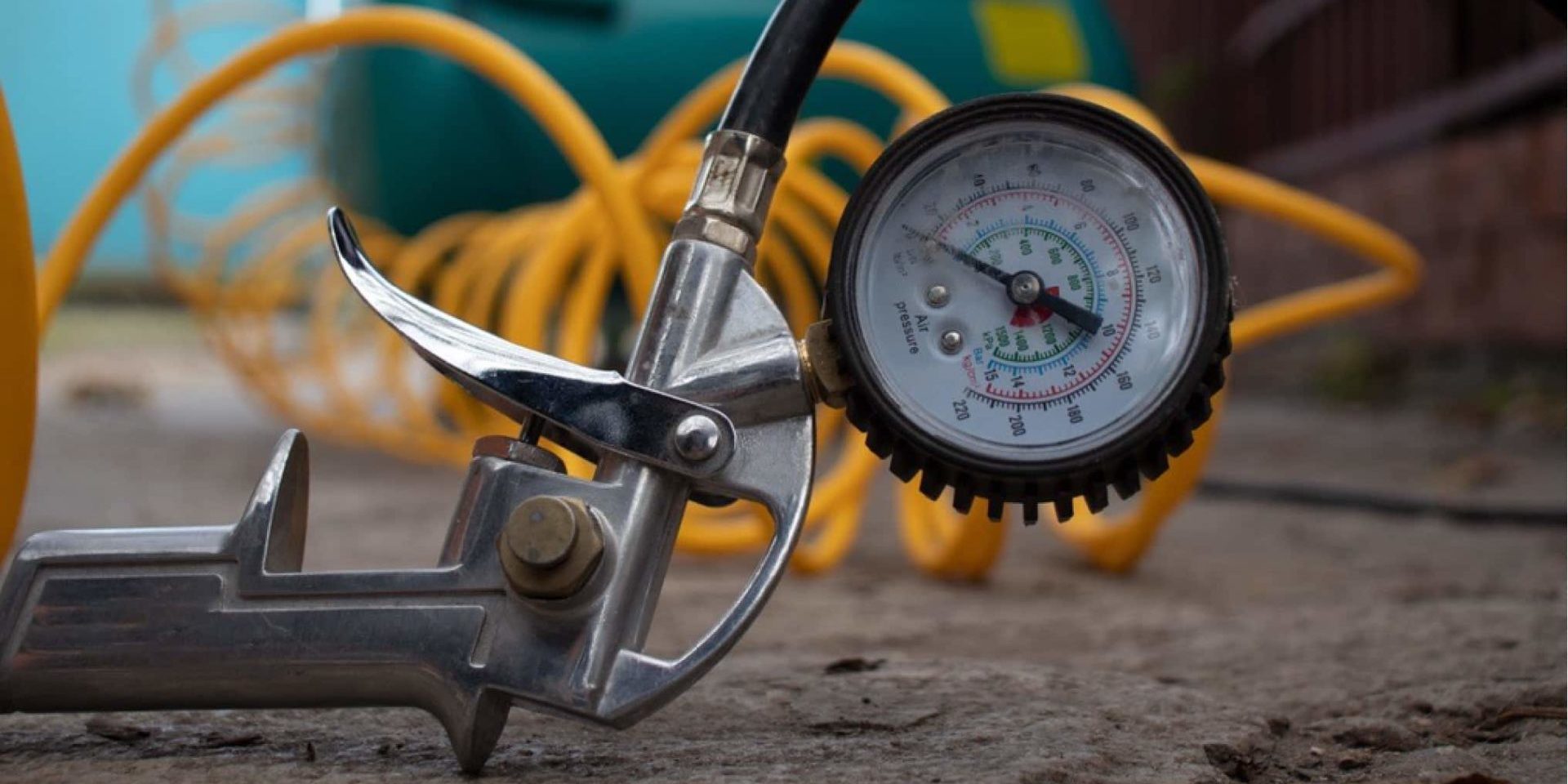
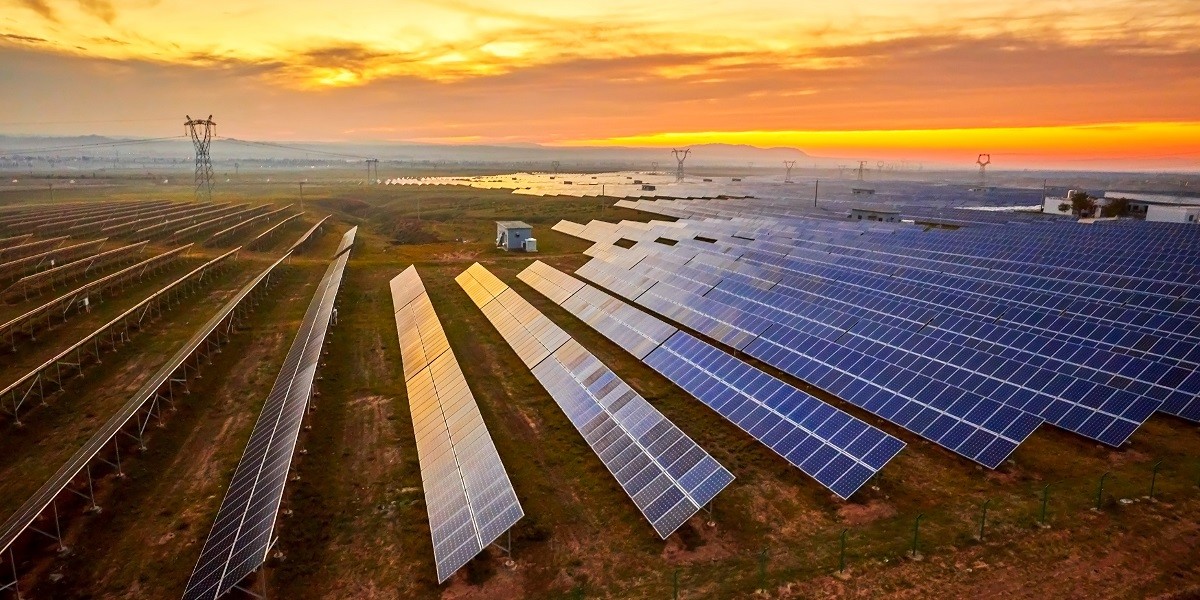
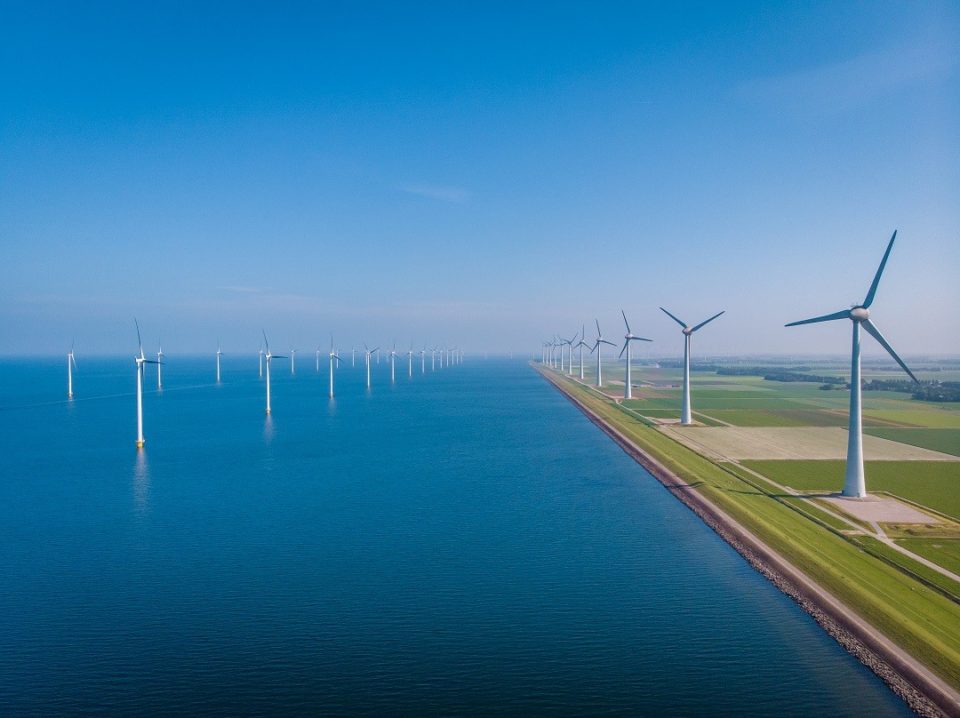
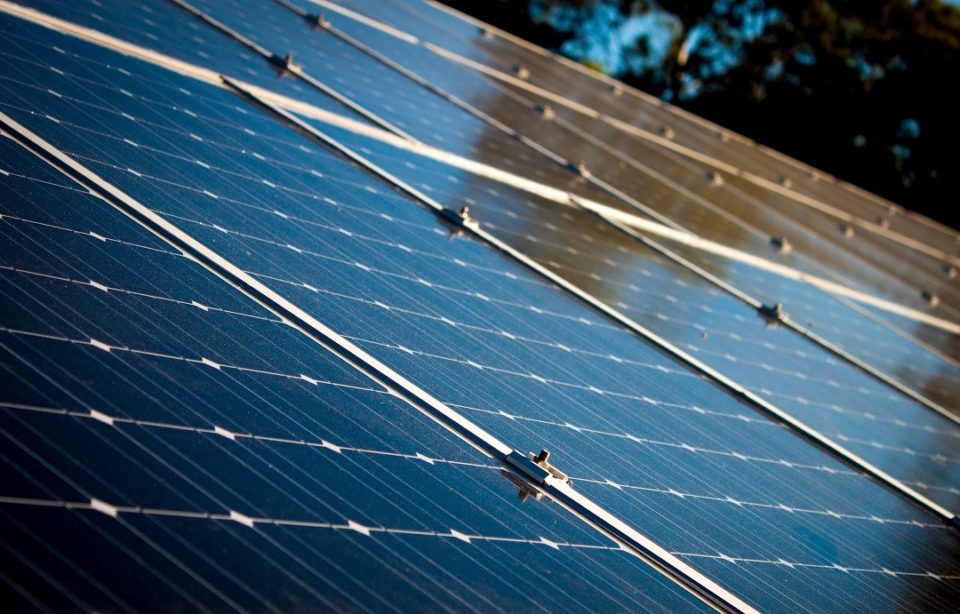

.png)
